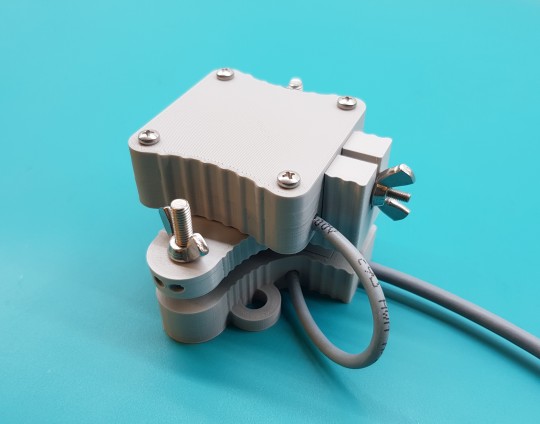A note on noise
The image sensor in a digital camera is a matrix of light sensors that convert light energy to analog electrical signals. These signals are then converted to a digital signal from which an image is formed. In any electrical system there is always a background level of electrical noise, and it is the ratio of the signal to this background noise that determines the amount of noise in the final image, similar to the way an old analog TV might have a snowy image for a station that has bad reception.
Digital cameras that have a matrix of large light sensors can capture more light, and therefore produce a stronger signal compared to the noise, resulting in a less noisy image. The disadvantage is that to achieve a high resolution image from large light sensors, you need a large matrix of sensors, and a larger lens to capture more light. This requires better lenses, larger housing, and the size and the cost of the camera increases.

 Play
Play
Eucalyptus regnans leaf
Eucalyptus Regnans P50 ~2.5MPa. A selection of images from the full sequence.